The film “Oppenheimer,” which tells the story of the Manhattan Project’s development of the atomic bomb, has made quite a splash this summer, with audiences and critics alike hailing it as a riveting slice of scientific history. But it also has some viewers asking: Where are the women? In the film, Lilli Hornig is the only woman scientist named and portrayed working on the project, though she was not the only one involved. Charlotte Serber, shown as project leader J. Robert Oppenheimer’s secretary, actually did far more. Some scholars argue that physicist Lise Meitner, co-discoverer of nuclear fission, should have been included. As a biographer of historical women scientists, I should be the first in line to decry the erasure or minimization of women’s contributions. But should women be written into stories merely for the sake of representation, without first considering the context and the person? Is this what they would have wanted?
In Meitner’s case, the answer is “no.” Her discovery may have been crucial to creating the atomic bomb, but she wanted nothing to do with it nor wanted to be depicted in films about it. And I believe Meitner’s refusal to participate in the weaponization of her work on moral grounds makes her more worthy of commemoration than Oppenheimer. She chose humanity over notoriety.
According to Ruth Lewin Sime’s detailed biography, “Lise Meitner: A Life in Physics,” Meitner was likely the first female professor in Germany and the head of physics at the Kaiser Wilhelm Institute for Chemistry in Berlin. In 1934, she became so intrigued by Italian physicist Enrico Fermi bombarding elements with newly discovered particles called neutrons that she decided to do some tests of her own. After performing a few experiments, Meitner could tell that something exciting lay on the other side of her digging. She also knew she’d need an interdisciplinary team to properly conduct the research and interpret the results, so she recruited her chemist colleague Otto Hahn and later his assistant Fritz Strassmann. Little did she comprehend that they were on the cusp of upending the principles of nuclear physics.
Over the next four years, Meitner and her team spent their days irradiating various elements with neutrons and identifying the decay products. Meitner would use physics to explain the nuclear processes, and Hahn would conduct chemical analyses. In late 1938, Hahn and Strassmann discovered that neutron-bombarded uranium-235 samples seemed to contain barium — a much lighter element than expected, which the pair could not explain.
Meitner was headed toward the zenith of her career. But she had Jewish ancestry, so while making scientific history, she was also desperately searching for a way to make it out of Nazi Germany alive. With the help of a vast network of colleagues, she fled to Sweden in the summer of 1938. Meitner continued collaborating with colleagues via telephone, letters, and secret meetings for several months after her covert escape, but she would never move back to Germany.
In December 1938, Hahn wrote to Meitner about the puzzling barium results. This led Meitner and her nephew, nuclear physicist Otto Robert Frisch, into a discussion in which they calculated that bombarding uranium with neutrons could split the uranium atom’s nucleus in half, releasing 200 million electron volts of energy. Meitner and Frisch published their results in the scientific journal Nature on Feb. 11, 1939, proposing the process should be called “fission,” named after the biological term used to describe cell division. But Hahn and Strassmann published their own analysis in the journal Naturwissenschaften on Jan. 6. (And Hahn alone was awarded the 1944 Nobel Prize in Chemistry for the discovery of nuclear fission.)
Within a few short months of the papers, dozens of physicists had confirmed the process: uranium-235 atoms absorbed loose neutrons, causing them to become unstable and split. The process, some thought, might prompt a chain reaction. If so, the fission of just one pound of uranium-235 would release the same amount of explosive energy as roughly 8,000 tons of TNT.
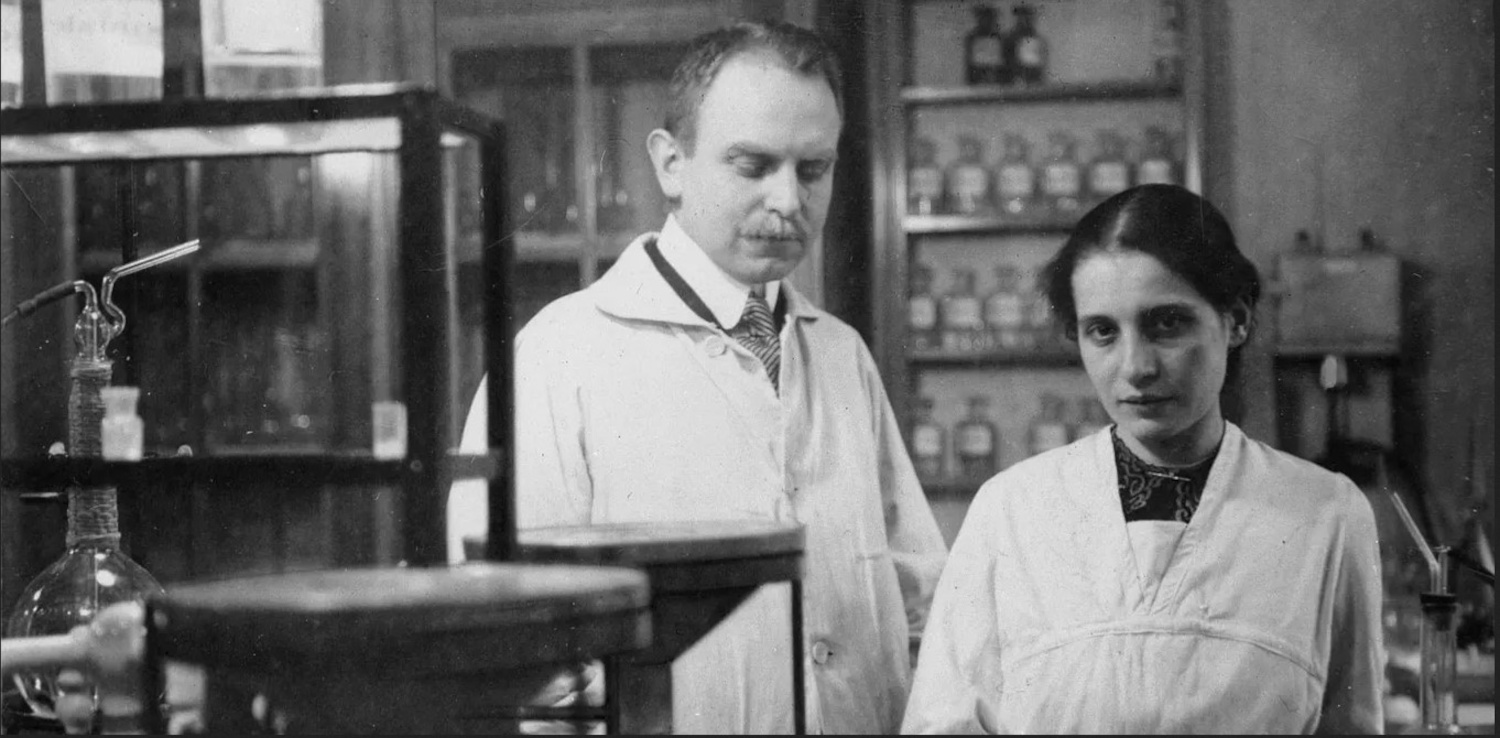
The potential practical applications were many, but Meitner refused to be a part of the weaponization of her work. She’d experienced the horrors of war up close during her stint as a nurse at a military hospital near the Russian front in World War I and didn’t want to be involved in the creation of something that would bring pain, suffering, and death. Few scientists refused to help their side create weapons during the war, yet when Meitner was invited to work on the Manhattan Project, she responded, “I will have nothing to do with a bomb.”
When Meitner heard the news of the bombing of Hiroshima, she went for a five-hour walk. What had her science wrought? Rumors flew about her role in the project, despite her clear lack of participation. The Stockholm Expressen newspaper surmised that the bomb had been invented because a Jewish scientist escaped Germany and passed her secrets along to the Allies. Time magazine proclaimed Meitner a “pioneer contributor to the atomic bomb.” But she knew nothing of its creation and deplored this sensationalized, largely false publicity.
In January 1946, Meitner traveled to the U.S. to present lectures and teach classes at several universities across the country, as well as visit old friends and family who had immigrated there when fleeing the Nazis. At the airport in New York, she was met with a horde of photographers and reporters. At a Women’s National Press Club banquet where she was awarded “Woman of the Year,” Meitner sat next to President Harry Truman. When discussing the bomb, both agreed they wished for it never to be used again.
And yes, there were movie offers. Metro-Goldwyn-Mayer asked Meitner to approve of her depiction in the script for “The Beginning or the End,” a film about the development and use of the atomic bomb. Meitner wrote to Frisch that the script was “nonsense from the first word to the last” and that she “answered that it was against my innermost convictions to be shown in a film, and pointed out the errors in their story.” Oppenheimer, on the other hand, approved of the use of his likeness in the movie, apparently welcoming of the media attention.
MGM hoped a bigger payday might persuade Meitner to reconsider. In response, she gave three friends power of attorney and advised them to sue MGM on her behalf if any woman scientist appeared in the film. Meitner continued to refuse permission to use her name in films and plays.
Despite her work being corrupted to create death, Meitner never lost sight of the good that could come of the pursuit of scientific knowledge. “Science makes people reach selflessly for truth and objectivity,” she asserted in 1953. “It teaches people to accept reality, with wonder and admiration, not to mention the deep joy and awe that the natural order of things brings to the true scientist.”
History loves to laud the Oppenheimers: the ones who push the envelope, who puzzle through conundrums in the face of challenges, and who say “yes.” Saying “no” — choosing not to participate — is much less cinematic. But in this case, I think a moral objection is much more worth celebrating.
Olivia Campbell is the author of the New York Times bestseller “Women in White Coats: How the First Women Doctors Changed the World of Medicine.” Her work has appeared in The Atlantic, National Geographic, New York magazine, HISTORY, The Guardian, The Washington Post, and Smithsonian Magazine.



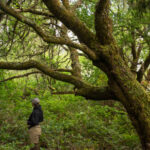
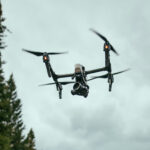





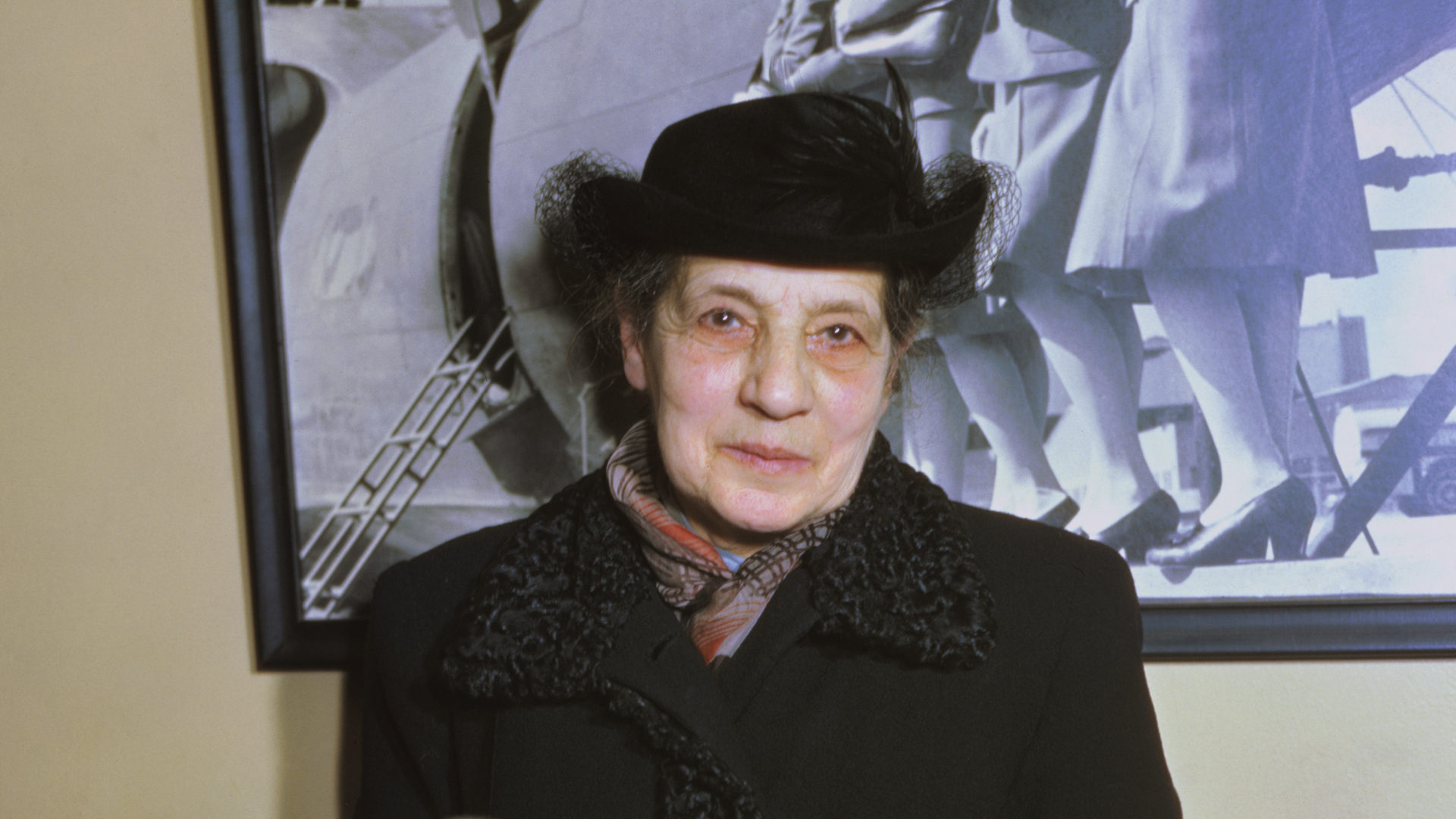
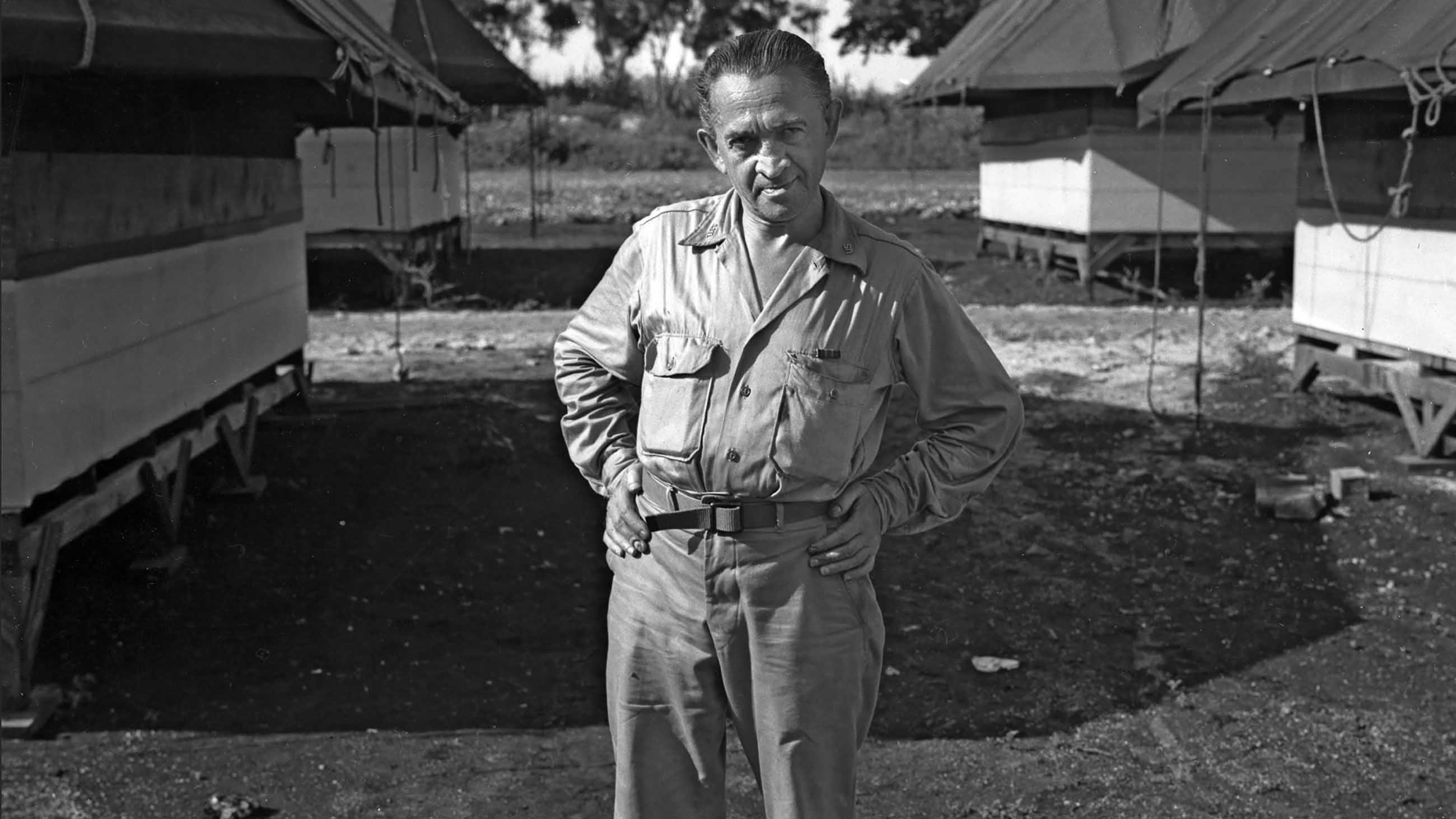
I knew the dear old lady. She was a lovely person bright even in old age. Invited me to Cambridge. I just a young man. Used to visit Bramley Hampshire every weekend.
I feel gifted to have known her.
Joan Hinton, who interrupted her doctoral study under Ulam at Wisconsin to join the Manhattan Project as part of Fermi’s team, is likewise unnoted in the film. She was one of the many within Los Alamos who opposed the use of the bomb in Japan, and afterward supported civilian control of nuclear power. She and some co-workers made quarter-sizes plastic disks each encasing a grain of trinitite, the fused silicon created by the nuclear testexplosion in the desert, and mailed them to the mayors of the largest 10,000 towns in the US along with a note asking for their support “unless you want your town to be covered with this.” After completing her doctorate at the University of Chicago, Joan Hinton moved to China where she worked in dairy technology until her death in 2010.